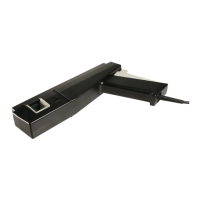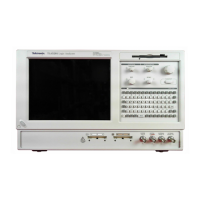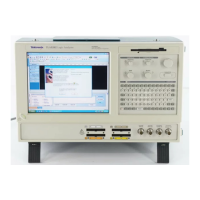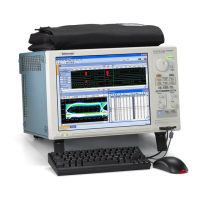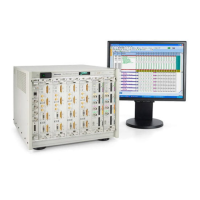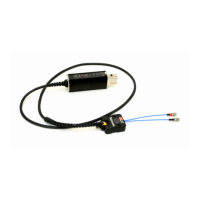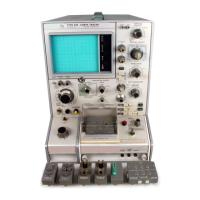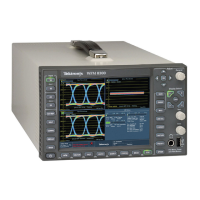Reference Consecutive and Paired Jitter
Consecutive and Paired Jitter
You can test two types of J itter measurements: Consecutive and Paired Jitter. Consecutive jitter measures
the consecutive data bit calculated using the signal rate.
Consecutive jitter is calculated as follows.
Where: C1, C2, C3, and C4 are the Cross-Over points.
R1, R2, R3, and R4 are the reference points.
Consecutive jitter is the difference between the time values at Rx and Cx.
Consecutive jitter is calculated for all Cross-Overs of the USB2.0 signal.
Paired JK Jitter is defined as the jitter time for paired (JK next to KJ) differential data transition. Paired
KJ Jitter is defined as the jitter time for paired (KJ next to JK) differential data transition. They are
calculated for all the consecutive jitters as:
180 TDSUSB2 Universal Serial Bus Measurements Package

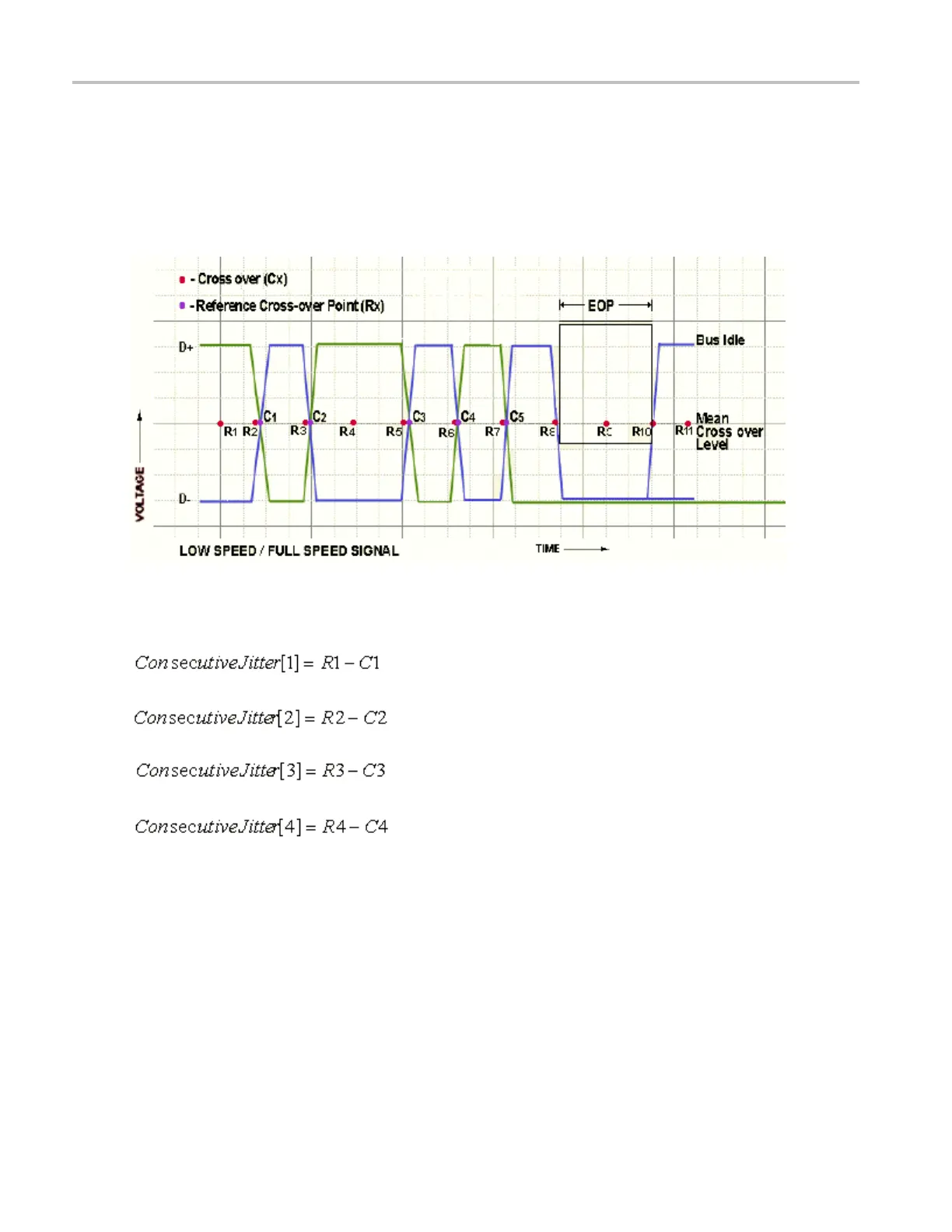